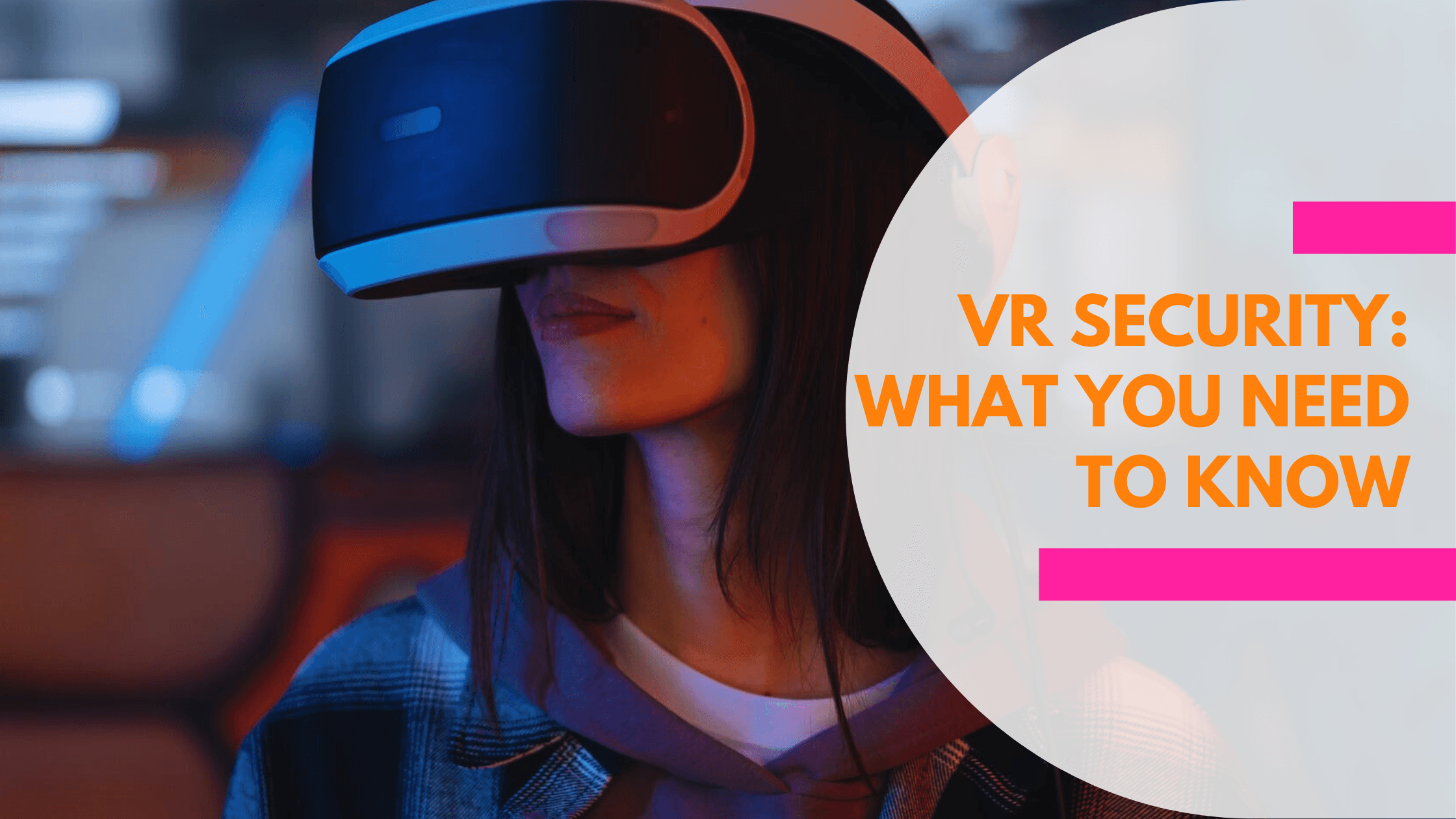Virtual Reality (VR) technology has revolutionized the way we experience digital content. Whether it's exploring new worlds, playing immersive games, or training for real-life scenarios, VR offers a whole new level of engagement. However, as with any technology, it's important to consider the security implications.
What are the potential security risks of VR?
While VR can provide incredible experiences, it also introduces new security risks. One of the main concerns is the potential for unauthorized access to personal data. VR devices often collect sensitive information, such as user profiles, biometric data, and even physical movements. If this data falls into the wrong hands, it can lead to privacy breaches and identity theft.
How can you protect your personal data?
To safeguard your personal data while using VR, it's essential to follow these best practices:
- Choose reputable VR platforms and devices: Stick to well-known brands and platforms that have a track record of prioritizing security.
- Keep your VR software up to date: Regularly update your VR software to ensure you have the latest security patches and bug fixes.
- Be cautious with permissions: Pay attention to the permissions requested by VR apps and games. Only grant access to the necessary data and features.
- Use strong, unique passwords: Create strong and unique passwords for your VR accounts to prevent unauthorized access.
- Enable two-factor authentication (2FA): Whenever possible, enable 2FA for an extra layer of security. This will require a second form of verification, such as a code sent to your mobile device, in addition to your password.
Are there any physical security considerations?
Yes, physical security is also an important aspect of VR safety. Here are a few things to keep in mind:
- Secure your VR equipment: When not in use, store your VR headset and controllers in a safe place to prevent theft or damage.
- Be mindful of your surroundings: VR can be immersive, but it's crucial to remain aware of your physical environment. Clear any obstacles and ensure you have enough space to move around safely.
- Protect your vision: Prolonged use of VR can cause eye strain and fatigue. Take regular breaks and follow the recommended usage guidelines provided by the manufacturer.
What about VR content security?
When it comes to VR content, it's important to be cautious about what you download or access. Stick to trusted sources and avoid downloading content from unknown or unverified websites. Malicious VR content can potentially contain malware or other security threats.
As VR technology continues to evolve, so do the security challenges. By following the best practices mentioned in this blog post, you can enjoy the immersive experiences of VR while keeping your personal data and physical well-being secure. Stay informed, stay vigilant, and embrace the exciting world of VR with confidence!



0 comments